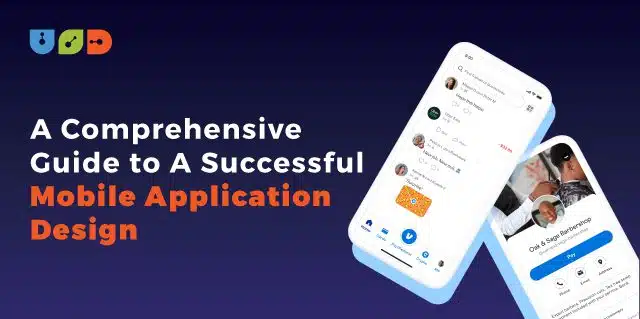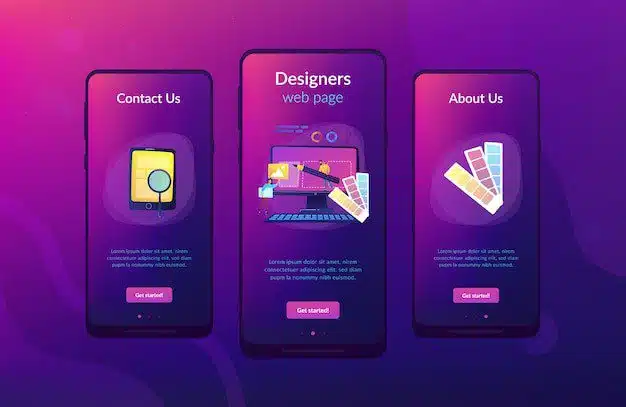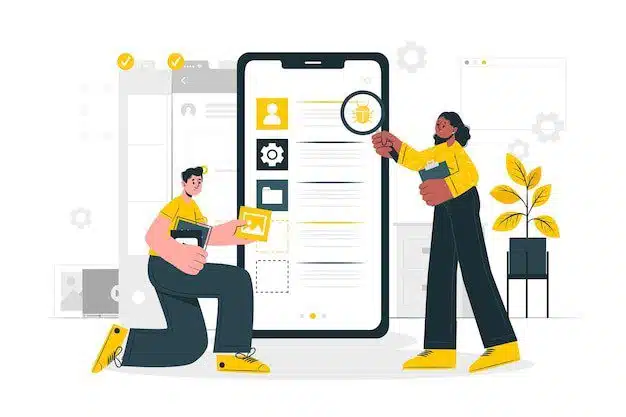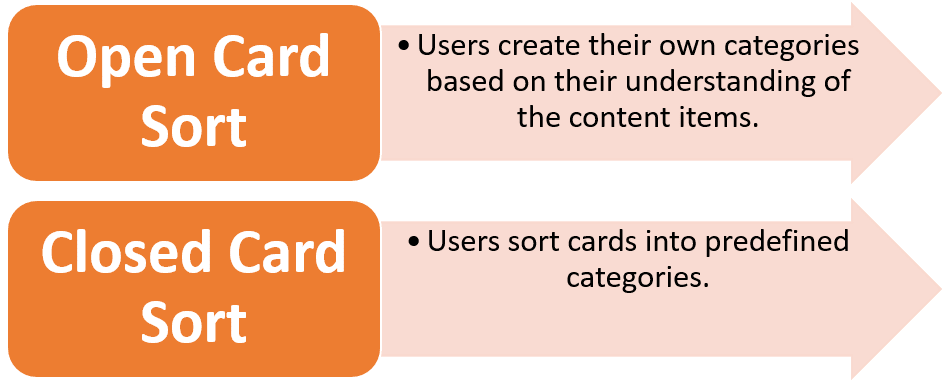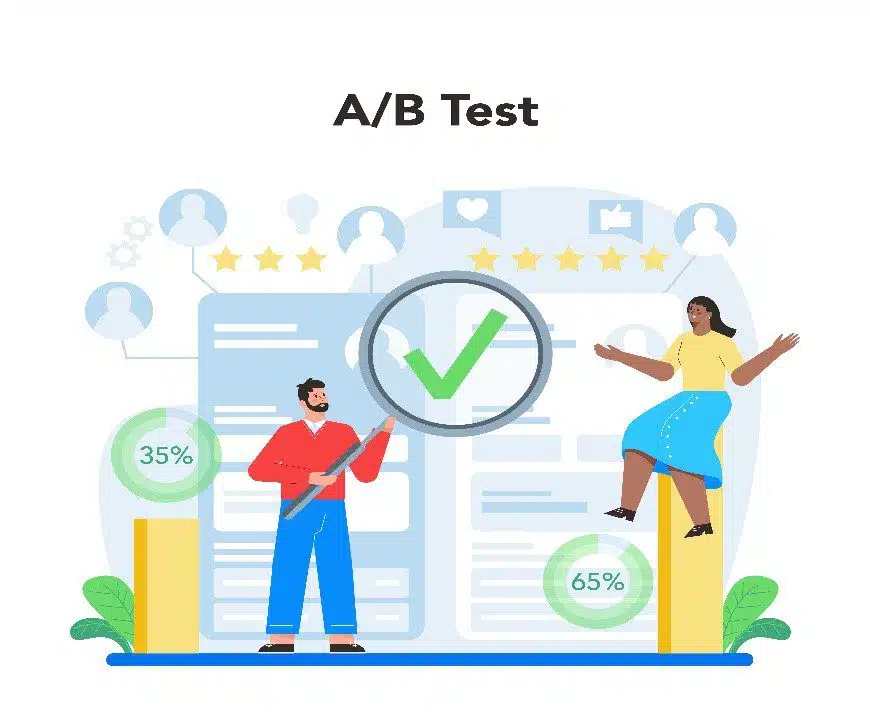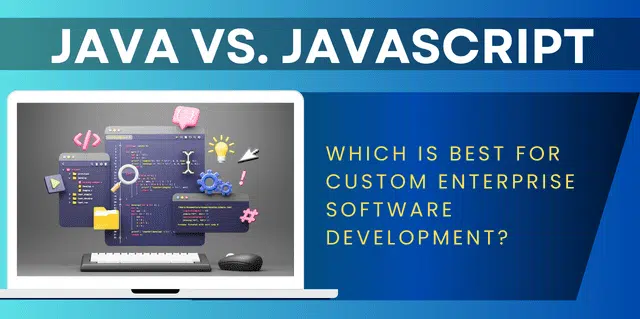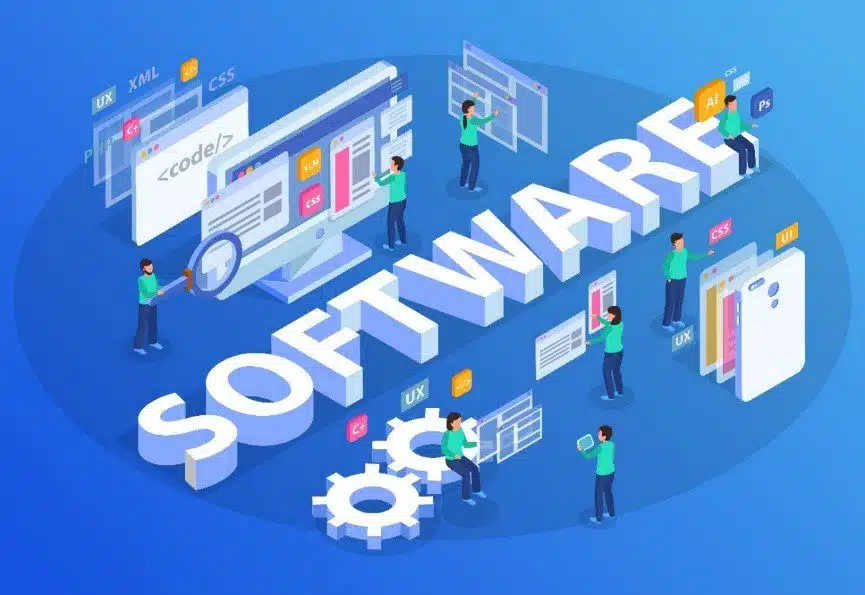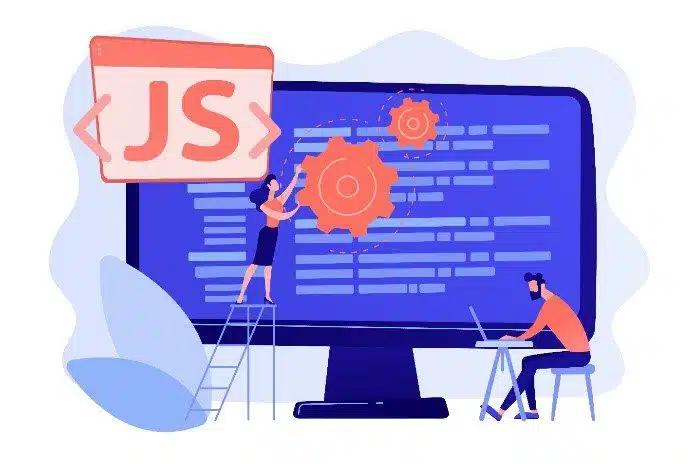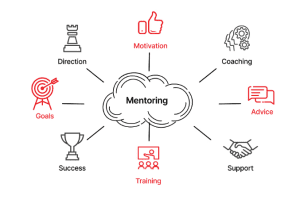If you believe that developing a commercial app requires only technical skills, you’re in for a surprise. As soon as you step into the market, you’ll quickly realize that the cost of mobile app development poses a significant hurdle, and anticipating it is no easy task. In this article, we delve into the key obstacles that come your way and explore effective strategies to navigate them with foresight.
Factors on Which Mobile App Development Costs Depend
Mobile Application has become a crucial aspect of businesses and entrepreneurs. However, one of the most common concerns is Mobile app development costs. The cost of developing a mobile app can vary significantly based on several factors. Understanding these factors is essential for businesses to plan their app development budget effectively and make informed decisions.
So first, let’s dive into four crucial factors that require most of your attention!

1. App Complexity
The technological complexity of the app has a significant impact on the development cost. The platform selection—iOS, Android, or cross-platform development- also impacts the cost. In addition, developing an app would cost more the more features and functionalities it has.
| Type of Complexity | Features Associated | Estimated Cost |
| Simple | Basic UI | $5,000-$50,000 |
| Medium | Custom UI | $50,000-$120,000 |
| Complex | Bespoke UI | $100,000-$300,000 |
2. Number of app Features
The number of features is closely related to app complexity; hence it affects the overall mobile app development costs. In order to optimize costs without compromising quality, it is crucial to focus on the core features that align with the app’s primary purpose and value proposition. By prioritizing these essential functionalities in the initial version of the app, businesses can provide a solid foundation for user engagement and satisfaction. This approach, often implemented through the development of a minimum viable product (MVP), allows businesses to release a functional version of the app with core features while saving both time and money.
| Features | Application | Estimated Cost |
| User Login | Login logout options with passwords | $5,00-$1,000 |
| Profile Completion | Profile information records | $900-$1000 |
| Messaging | Text messages with images and document sharing. Some additional features may also be present. | $3,000-$5,000 |
| Push Notifications | Push notifications and reminders for users | $1,000 – $1,200 |
| Admin Panel/ User Management. | Delete/create/ edit options and rights exclusive to admins | $3,500-$4,000 |
3. App Platform
The platform on which an app is built impacts its price as well. Because iOS is an operating system with a closed platform having strong regulations, Android works as an open platform with laxer regulations. There are many iOS and Android apps available on Google Play Store or Apple’s app store. But iOS apps are typically more expensive to develop than Android apps. Because iOS is more popular than Android or Windows and has a greater market share, Windows apps are often less expensive than iOS and Android; meanwhile, Android app development cost is lesser than iOS.
4. App Category & Design
The costs of mobile app development vary across different categories due to the distinct requirements they entail. E-commerce/M-commerce apps are characterized by their complexity and need for real-time performance, robust security, and the capability to handle large user volumes simultaneously. Examples like Amazon and Wayfair demonstrate the extensive development efforts required for successful e-commerce apps. Similarly, social networking apps, which involve third-party integrations, hardware access (such as cameras), and the ability to scale to millions of users, tend to have higher development costs. These factors highlight the importance of considering the specific category when estimating mobile app development costs.
| Type of Complexity | Estimated Cost |
| eCommerce app | $50,000 – $150,000 |
| Social media app | $50,000 – $300,000 |
| Learning app | $60,000 – $225,000 |
| Dating app | $50,000 – $350,000 |
| Gaming app | $60,000 – $250,000 |
The Average Cost of App Development
The estimated cost of developing an app can fall within the range of $25,000 to $150,000, and for highly customized complex apps, it can even surpass $300,000. The reason we use the term “estimated” is because the actual cost of custom mobile app development depends on various factors, and above, we have discussed four of them.
· Cost of Developing an App Based On its Type
It is very evident that the type of mobile application has a great impact on its cost. Different types of apps require varying levels of complexity, features, and functionalities, which directly impact the overall development cost. For example, Basic informational apps with static content have lower development costs, while database-driven apps, social networking apps, on-demand apps, and gaming apps require more complex development, resulting in higher costs due to their specific functionalities and requirements.
· Cost of Mobile App Development Based On the Region
In terms of technical requirements, it does not affect much but different regions have different average hourly rates for app development services, which directly influence the overall cost. North America and Western Europe offer higher rates for top-quality services, while Eastern Europe provides competitive rates with skilled developers. Asia, including countries like India, China, and Vietnam, offers lower hourly rates for cost-effective solutions. Hence many people opt for a freelance app developer’s cost, but careful evaluation is necessary. Offshore and remote development options enable businesses to achieve cost savings without compromising on quality, regardless of the specific region.
So it’s crucial to assess the trade-offs between cost and other factors such as communication, language barriers, cultural differences, and time zone considerations.
4 Tips to Reduce Mobile App Development Cost
Now that we know what the factors are and how they can affect the overall mobile app development costs, let’s see how we can get higher ROI and greater savings!
1. External Project Collaboration
Hiring is always more expensive than outsourcing. A developer in your company may need a long-term contract, a higher salary every month, and other benefits as well. But Freelance app developers cost much less. Upwork reports that the range of minimum mobile app development costs ranges from $150,000 to $450,000. Outsourcing the project can limit the cost to a range of $10,000 to $80,000. The final pricing is influenced by factors such as the app’s features, chosen platform, and the country to which the project is outsourced. This approach offers advantages like time efficiency, comprehensive service delivery, and access to a wide talent pool.
2. Multi-Platform Development
Creating native versions of iOS, Android, and Windows apps can be a costly endeavor. To control project expenses and minimize labor, opting for cross-platform app development is a viable solution. The key advantage of cross-platform development lies in the highly agile code, where the core logic of the code is developed once and can be utilized across multiple platforms.
3. Iterative Testing
Iterative testing reduces mobile app development costs by detecting bugs early, gathering feedback throughout the process, and improving quality assurance. By addressing issues promptly and ensuring a streamlined app functionality, developers can minimize costly revisions and post-launch bug fixes.
4. Agile Project Administration
Agile practices emphasize regular feedback from stakeholders and end-users throughout the development process. This iterative approach allows for early identification of potential issues, requirements changes, and necessary adjustments. By addressing these factors early on, costly rework and revisions are minimized. In contrast with rigid project plans, agile methodologies embrace change and promote flexibility in development. This allows teams to respond quickly to evolving requirements and market demands so unnecessary expenses related to extensive planning and rework can be minimized.
Wrap Up
Always remember that working smart surpasses working hard alone. No matter how much effort you invest, without applying these insightful tips and tricks, you may miss out on valuable opportunities to save costs, streamline timelines, and achieve a better return on investment (ROI).
FAQs
1. What is the cost of building an app?
Though it is not possible to predict a fixed cost to design an app, we can still provide you with some estimated costs of mobile app development:
-
- Apps with basic functionality: $5,000 to $40,000.
- Medium complexity app: $40,000 to $100,000.
- Complex app (integration with external systems): can exceed $100,000
2. How much does it cost to hire an app developer?
It depends on the region and expertise required but typically $20 to $60 per hour.



